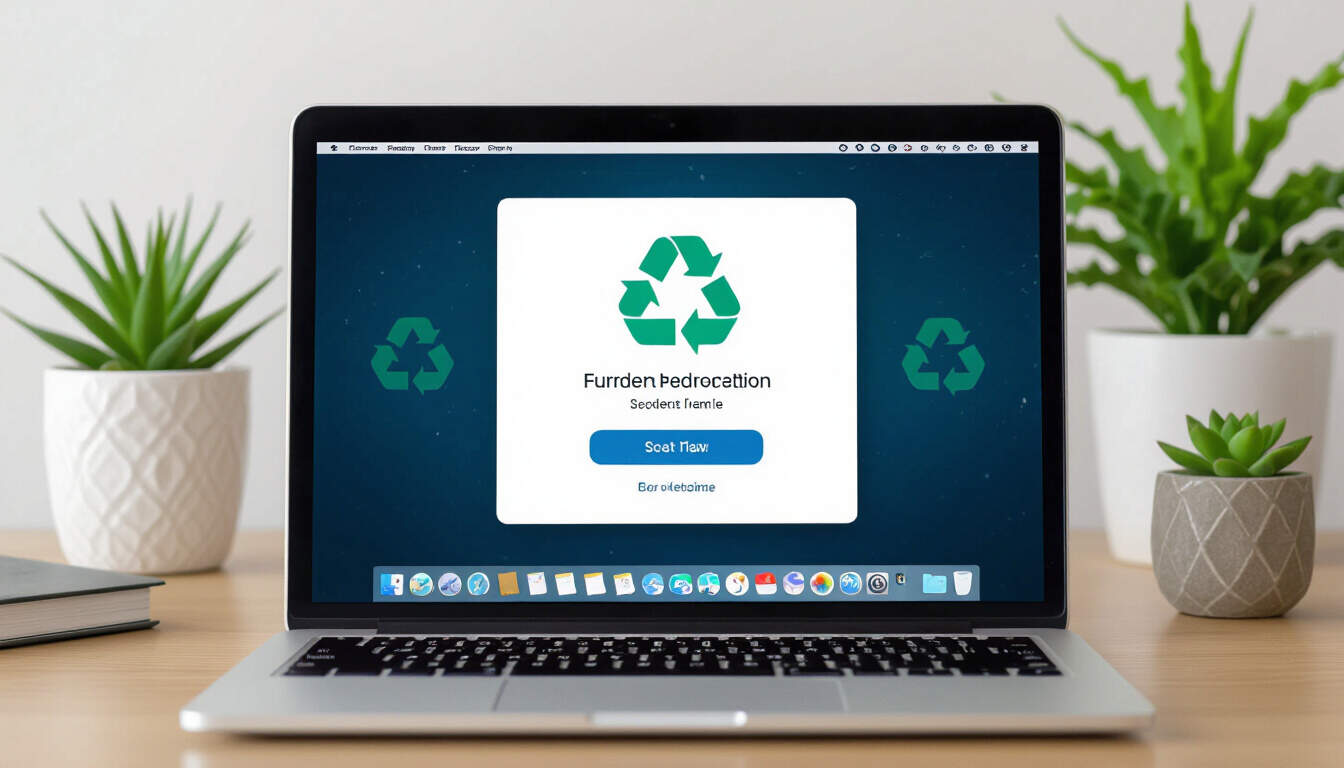Validating Ideas with Environmental Impact Using Zero-Code Tools for MVPs
 by Verner Mayer
by Verner Mayer
Explore practical ways entrepreneurs can use zero-code tools to test and validate minimum viable products for ideas focused on environmental impact. This approach speeds up innovation while minimizing resources, making it ideal for startups aiming for sustainability.

Many entrepreneurs have ideas that could make a positive difference in environmental impact, but turning those ideas into reality often requires quick validation without deep coding knowledge. Zero-code tools offer a straightforward way to build and test prototypes. For instance, platforms like Bubble or Adalo allow users to create functional apps by dragging and dropping elements.
In the early stages of product development, MVP creation is essential for gathering user feedback. These tools enable the building of an MVP in days rather than months, which is crucial for ideas related to environmental impact. By focusing on core features, creators can test whether their concept resonates with users.
One effective strategy involves starting with user surveys to identify pain points. Tools such as Typeform or Google Forms help collect data without any coding. Once initial insights are gathered, integrate them into a prototype using zero-code platforms. This method ensures that the idea for environmental impact aligns with real user needs.
Key Strategies for Validation
To begin, outline the core problem your idea addresses. For environmental impact, this might mean reducing waste or promoting renewable energy. Use zero-code tools to mock up interfaces that demonstrate your solution. For example, if your idea is an app tracking carbon footprints, build a simple version to simulate user interactions.
Testing is a vital step. Share your zero-code prototype with a small group and analyze responses. Tools like UserTesting provide platforms for this without complex setups. Feedback loops help refine the MVP, ensuring it effectively addresses environmental concerns.
Another approach is A/B testing. With zero-code builders, you can create variations of your prototype quickly. This allows you to compare which version better engages users on topics like environmental impact.
Real-World Application
Consider a startup developing a platform for community recycling. The team used zero-code tools to assemble a basic website where users could log waste data. They then validated this MVP by monitoring engagement over a few weeks. The results showed high interest, leading to iterations that improved usability.
In similar cases, integrating data from environmental sources can enhance validation. For example, pull public APIs into your prototype to display real-time pollution levels. This adds credibility and helps users see the direct benefits of your idea.
Benefits and Practical Tips
Using these tools saves time and resources, allowing more focus on the idea's environmental impact. They also reduce barriers for non-technical founders, fostering innovation in sustainability.
Here are some tips to get started:
- Choose tools based on your needs; for web apps, try Bubble; for mobile, consider Adalo.
- Keep prototypes simple to maintain speed.
- Track metrics like user retention to measure validation success.
- Collaborate with team members by sharing editable links.
By applying these methods, entrepreneurs can confidently move forward with ideas that promote environmental impact. The process not only validates concepts but also builds momentum for larger projects.
In summary, zero-code tools provide an accessible path for validating MVPs, especially for ideas with environmental impact. This empowers startups to innovate responsibly and efficiently.
